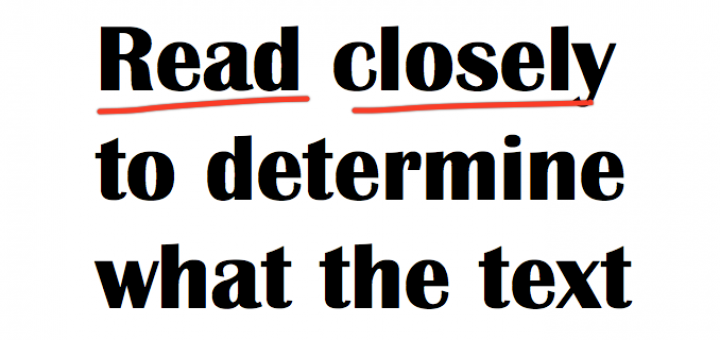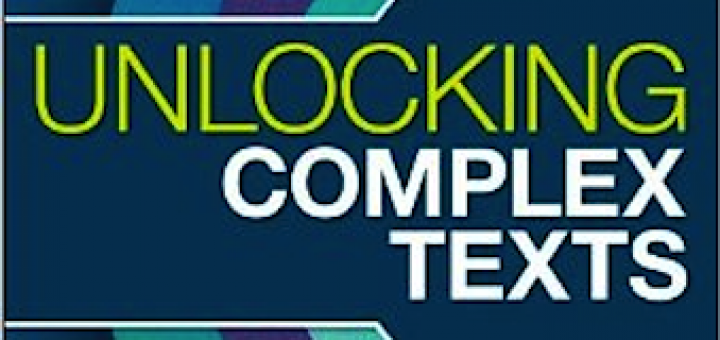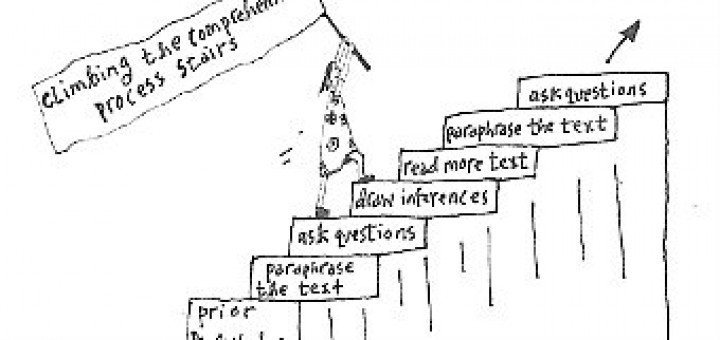Tagged: reading comprehension
Reading comprehension is a primary goal in Aaron Brock’s middle school history classroom. Building on last year’s annotation experiments, Brock has adapted the familiar 5 W’s strategy to help students pay closer attention to the meaning behind the words. It’s working.
ELA consultant Mike Fisher urges educators to not be distracted by the so-called “close reading” anchor standard in the Common Core. “Close reading is not a thing. It is not a skill. It is not a big idea.” The true objective, he says, is reading comprehension.
Many teachers are frustrated by Common Core directions to ignore prior knowledge when teaching students to analyze texts, says literacy coach Laura Robb. She recommends a proactive approach: show students how to do it for themselves. Tips included!
In Whole Novels for the Whole Class, Ariel Sacks offers a student-centered approach that promotes love of reading and deepens discussions, says reviewer Heather Wolpert-Gawron. Sacks’ documented strategies also address Common Core standards.
Reviewer Linda Biondi likes everything about the new edition of Jeff Wilhelm’s popular book on improving comprehension by “thinking aloud.” Lots of examples from the classroom, a DVD with teachers using the strategies in class, and it’s CCSS-aligned.
Literacy expert Sarah Tantillo shares an essential strategy in helping students become close readers, with help from Percy Jackson and the Olympians.
This helpful book offers techniques for teaching 55 key words associated with K12 CC standards so they stick in students’ long-term memory.
Amy Benjamin successfully shows content teachers how to focus on reading comprehension with their subject material, says reviewer Anne Anderson.
Middle school teacher Aaron Brock describes how he leads urban students to create their own history games and why this is a powerful learning experience.
Historical mysteries that lure reluctant readers & boost comprehension are great for classroom libraries, says teacher-author Elizabeth Varadon.

























